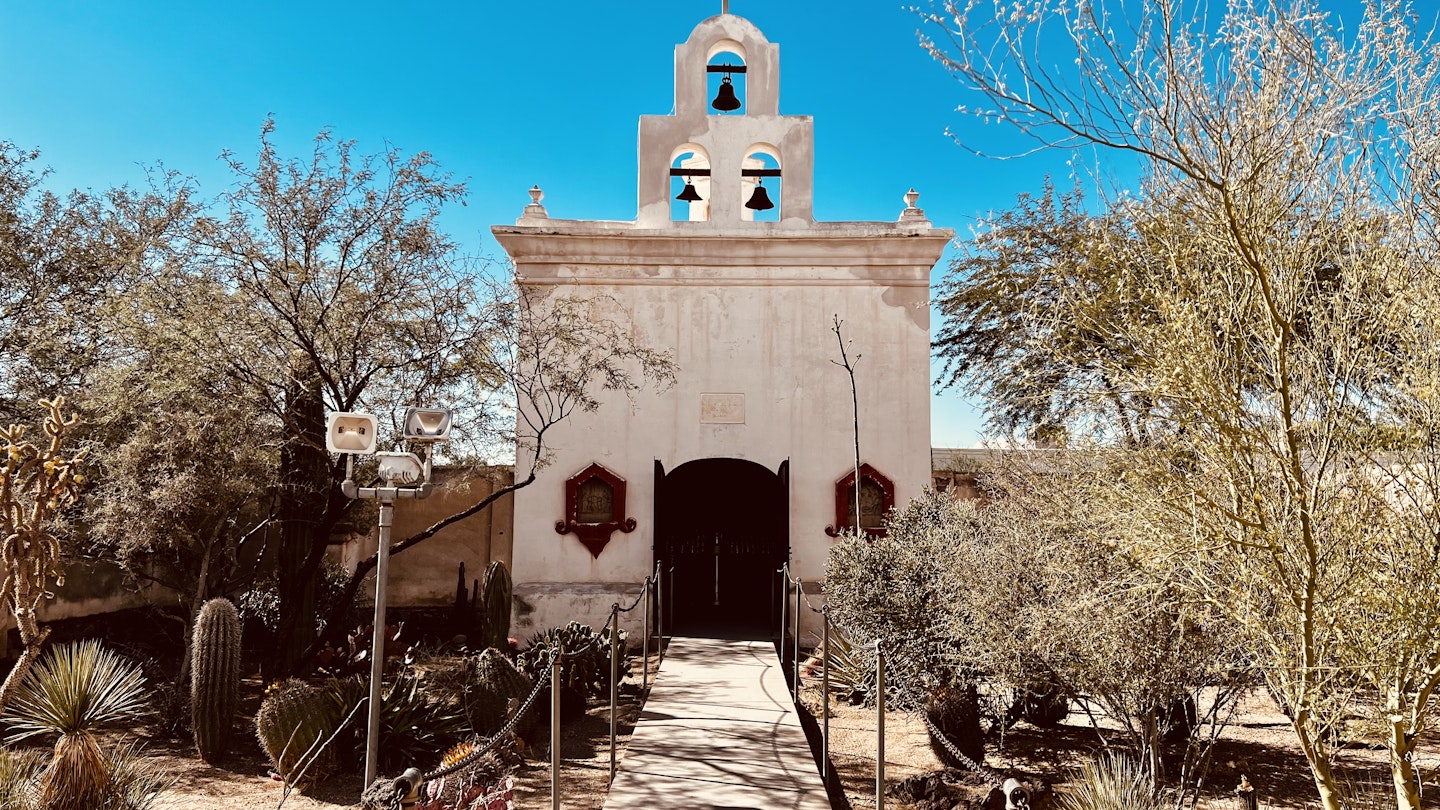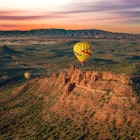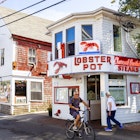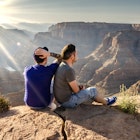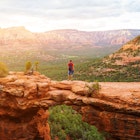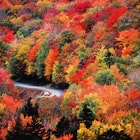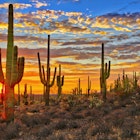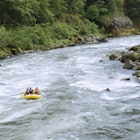Situated in the Southwest corner of America, Tucson might seem overshadowed by its bigger brother Phoenix to the north. While both great Arizona cities are located in the Sonoran Desert, Tucson might be the unofficial capital. For starters, it's right smack in the middle of the region, and it's home to sacred Saguaro National Park, which National Geographic once named the “Greatest National Park in America.” That's a big deal in this rare subtropical desert that sustains millions of giant green cacti with the help of two annual rainy seasons.
The park is just one reason why more than 3 million visitors come every year, in addition to an untold number of seasonal snowbirds who come for the sun corridor and slightly cooler temperatures compared to the rest of the state. Before planning your next visit, consider these five icons of Tucson's Sonoran Desert.
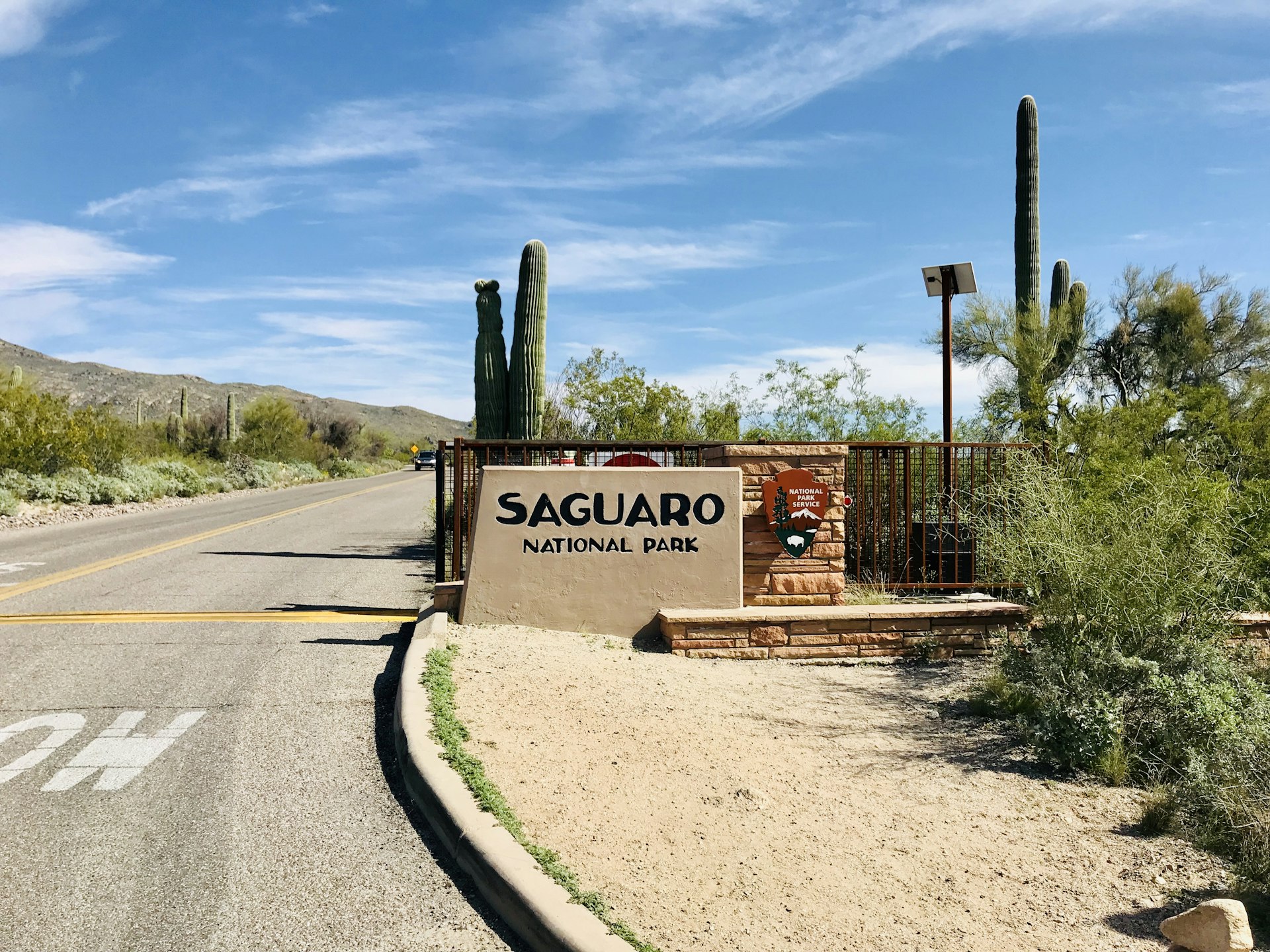
Saguaro National Park
Two parks in one. That's the best way to describe Saguaro National Park, which flanks Tucson on both its east and west sides. The smaller east park is known as the Rincon Mountain District. The larger and more hiker-friendly west park is the Tucson Mountain District. While both feature visitor centers and the same famous cacti (nearly two million of the giants across both parks) there are some differences.
Saguaro East is ideal for a quick sample drive through the Saguaro, with excellent views of sunsets over the city of Tucson. However, Saguaro West is home to a lot more cacti, has more trails, and is arguably more scenic. Case in point: don't miss the easy but gorgeous Valley Overlook Trail to get up close and personal with the cacti as well as wide-open vistas. It might be unfair to call the park the star of the Sonoran show, but it's definitely one of the best places to truly experience this desert.
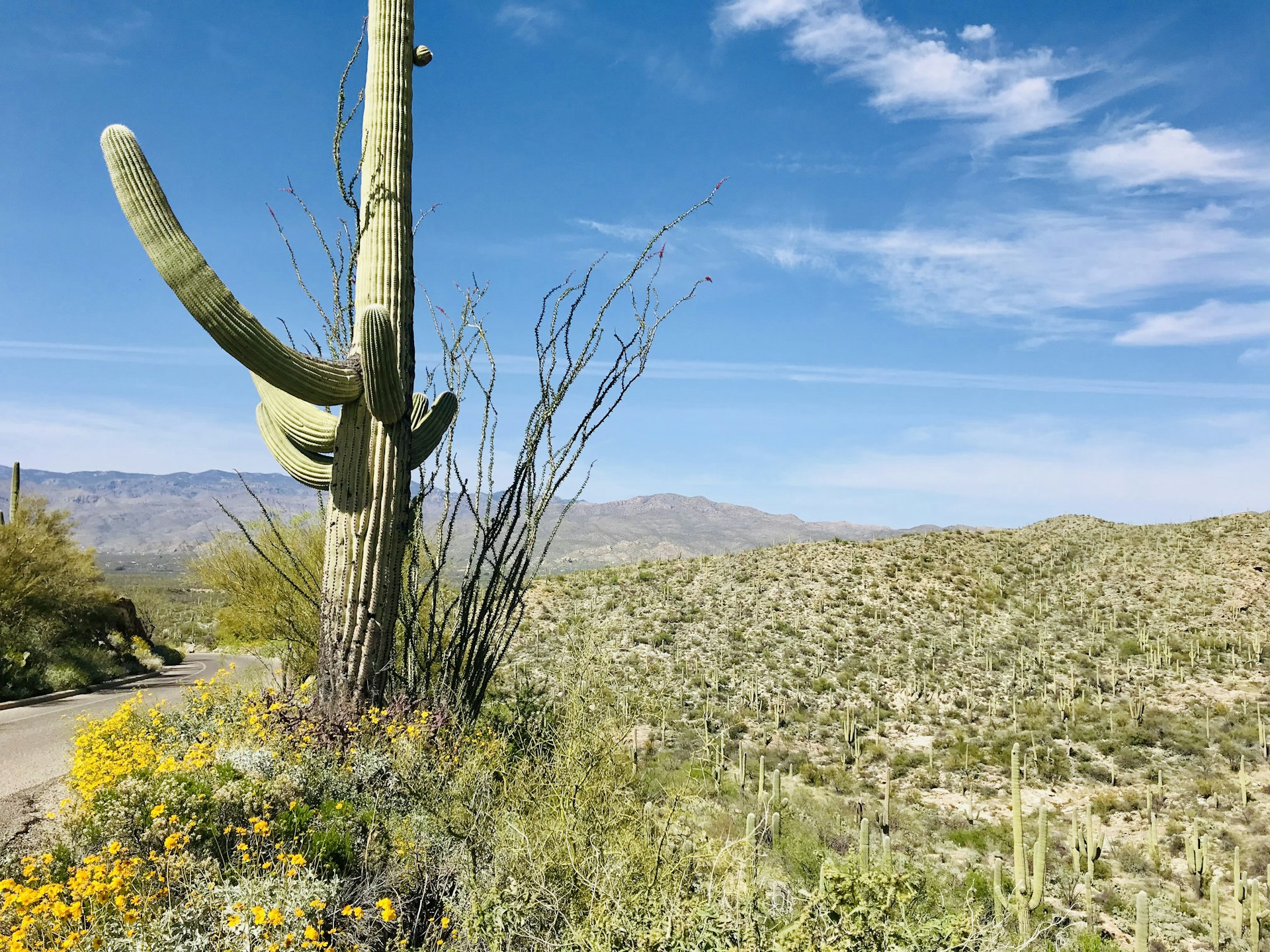
Tucson Mountain Park
Located just south of Saguaro West, Tucson Mountain Park is just as impressive and is another excellent place to take in one of Tucson's epic sunsets. In fact, the popular Gates Pass Road summits the Tucson Mountains and provides a stunning overlook looking west and east back towards the city.
In addition to a seemingly equal number of cacti as the national park, Tucson Mountain Park offers camping, hiking trails, mountain biking, archery, and shooting ranges. It's also home to a popular desert museum that fully explains the ecosystem and its surprising array of plants and animals that survive the greater Sonora (more on that below).
Sabino Canyon Recreation Area
First-time visitors to Tucson are often surprised to find the city surrounded by mountains on three sides. In addition to the Rincon Range to the east and Tucson Mountains to the west, the Santa Catalina Mountains overlook the Tucson Valley from the North. And if you thought the cacti were only concentrated around the national park, think again.
Situated in the foothills of the Santa Catalinas, Sabino Canyon Recreation Area looks as though it could pass as a national park itself. Located within the city, this sprawling and cacti-filled park offers gravel and paved trails for hiking and mountain biking, a popular waterfall, and even a tram to the top with mesmerizing views of the city below. In short, it's well worth the $8 entrance fee.
DeGrazia Gallery in the Sun
If you want to better understand the desert and its people, the DeGrazia Gallery in the Sun is a delightful place to start. In fact, this one-of-a-kind landmark and colorful art museum was designed and constructed by world-renowned artist and painter Ted DeGrazia, a native of Tucson.
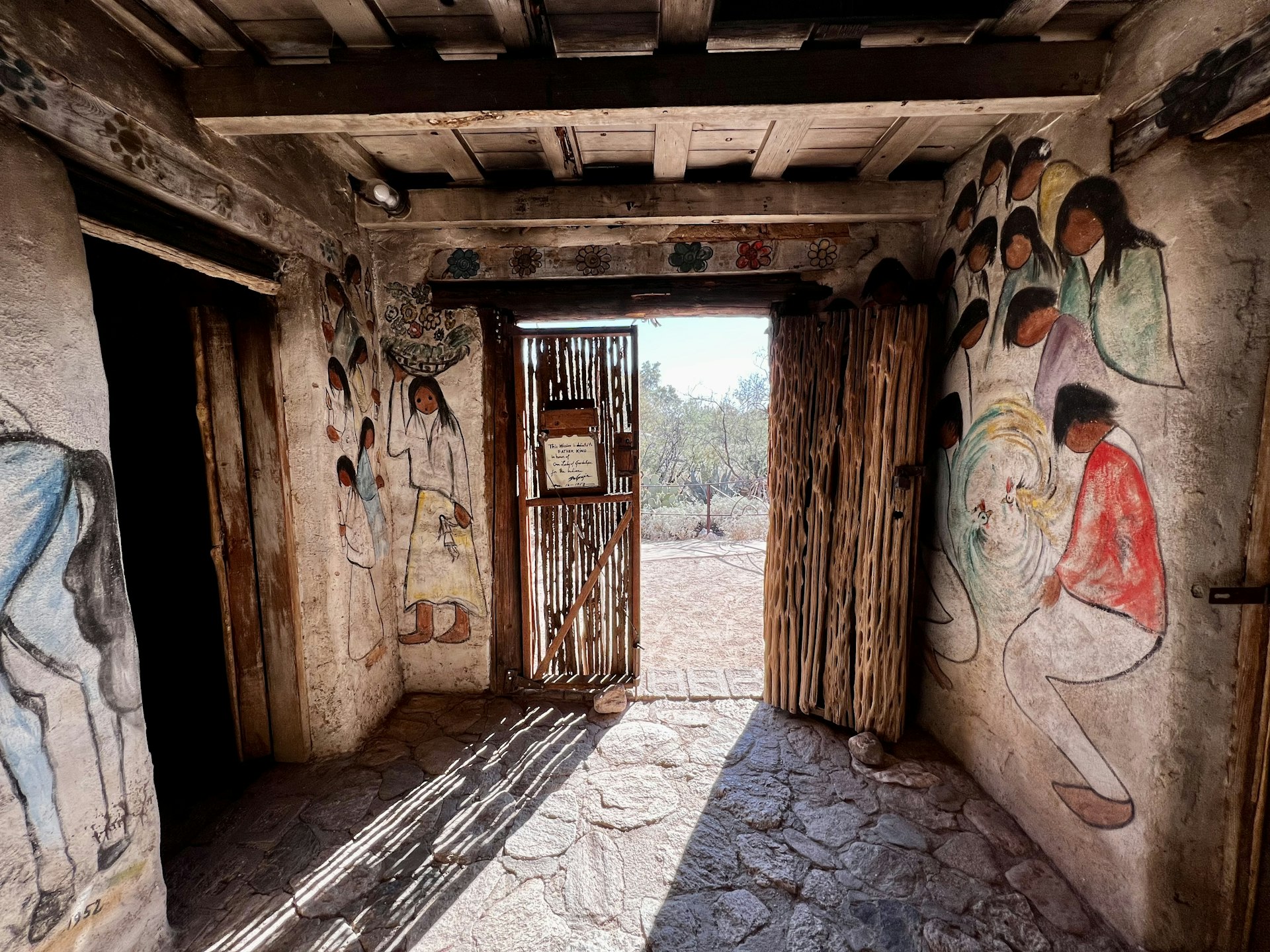
Featuring unique cactus flooring, several small (but impactful) exhibits, and even a chapel where visitors can relax and take in the desert setting, DeGrazia's art and self-made museum are colorful, inclusive, inviting, and inspiring. Featuring a rotating cast of some 15,000 DeGrazia originals, the gallery and the art within tell the story of the Sonoran Desert and its people. Visitors will learn about cowboys like DeGrazia, as well as the many Native Americans and Mexicans that also called Tucson home. Like nearby Sabino Canyon, this is $8 very well spent!
Arizona-Sonora Desert Museum
As the official description reads, “The word 'museum' might give you the wrong impression of what's contained in the 98 acres of the Arizona-Sonora Desert Museum. It's a zoo, an aquarium, a botanical garden, and an art gallery all in one.” That's a spot-on definition, as the museum offers visitors a better understanding of the Sonoran Desert, its wildlife, and the special conditions that make this desert so unique.
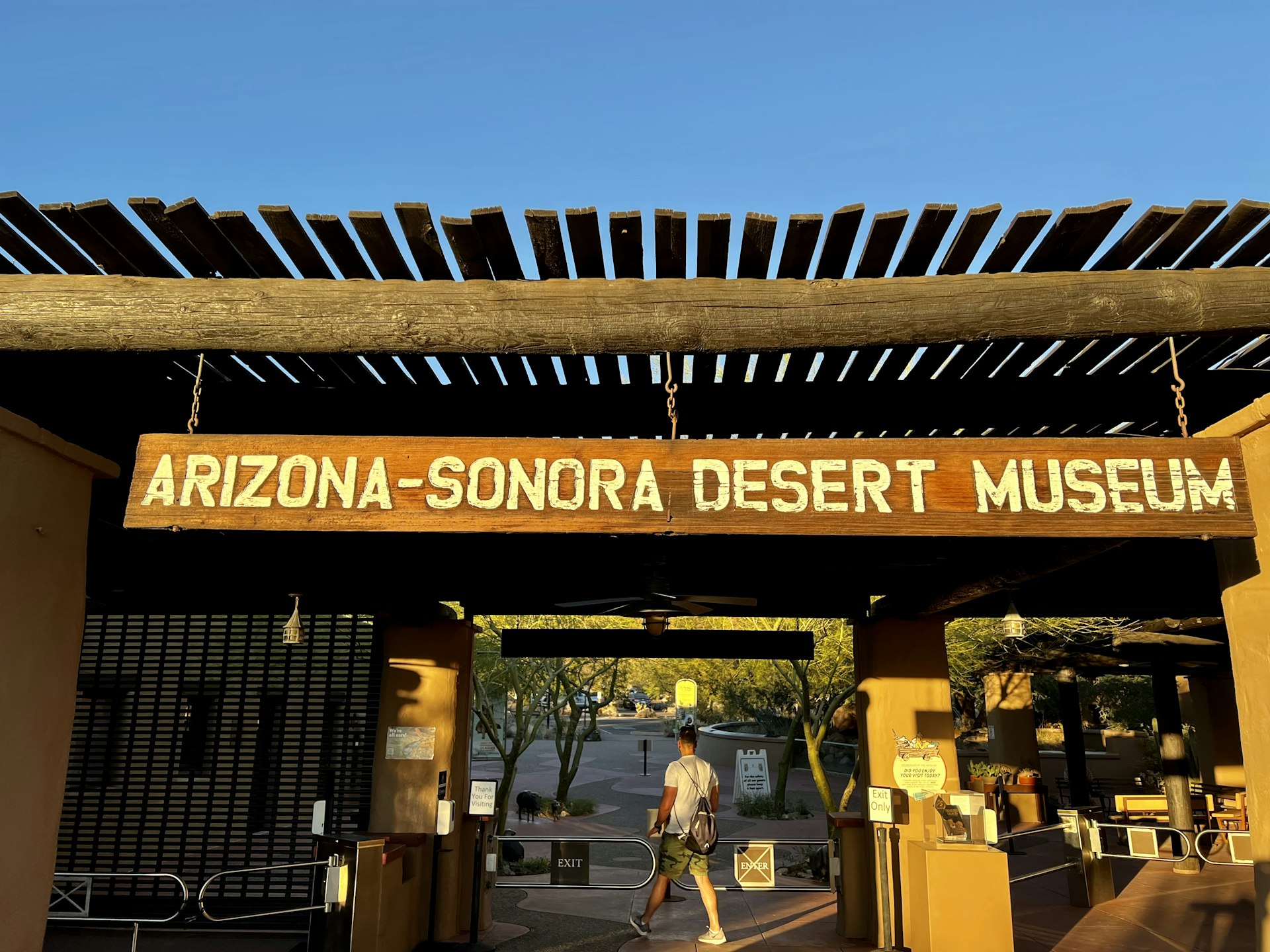
With walking trails, 230 animal species, and 1200 types of plants on display, the museum is a compact and informative history of how the land and lifeforms came to be and how they depend on each other to create a strikingly vibrant desert region.
If you've got time after all your desert exploration, stop by the free Mission San Xavier del Bac. Also called “The White Dove of The Desert,” this Catholic church is as old as the modern Southwest gets (circa the 1700s).
